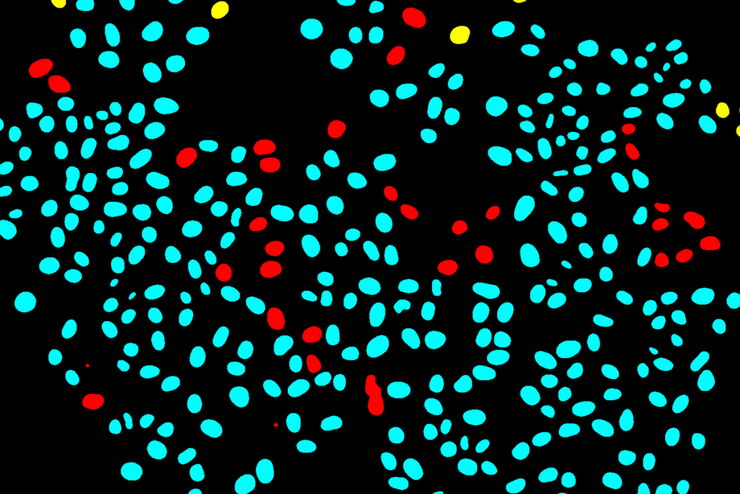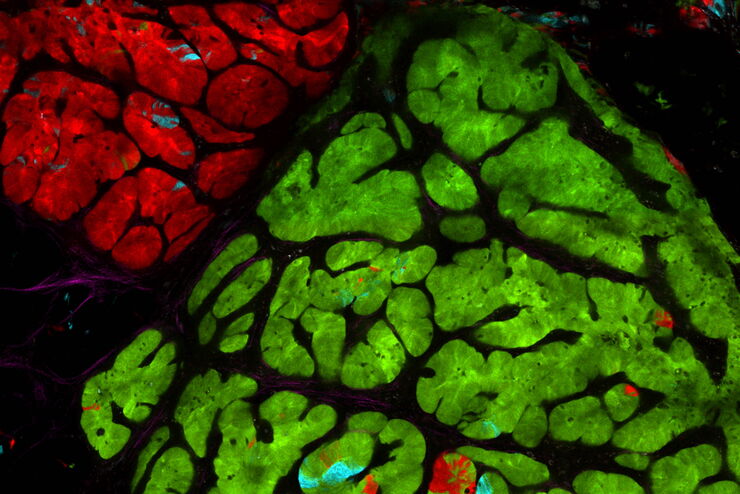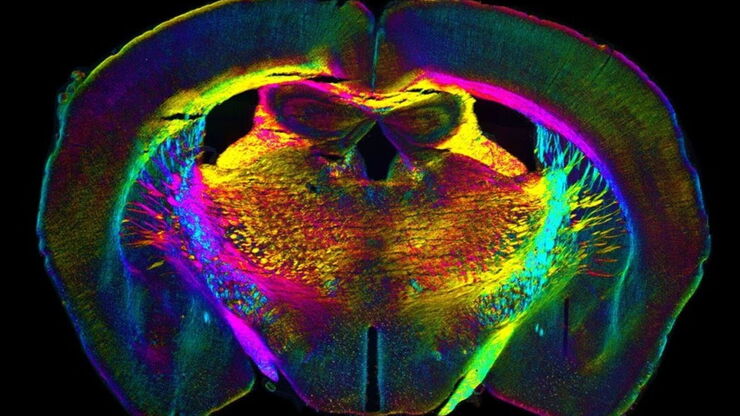22
–
23
Apr
2025
第四届半导体封装检测及失效分析技术进展网络研讨会
China
•
Webinar
22
Apr
2025
共聚焦荧光寿命成像功能在植物相关研究中的应用
China
•
Webinar
Filter articles
标签
产品
Loading...

多色四维超分辨光片显微镜
人工智能显微术研讨会主要关注和讨论显微术和生物医学成像领域的最新人工智能技术和工具。在该科学演示中,Yuxuan Zhao展示了如何通过渐进式深度学习策略并结合“双环调制的SPIM”设计改善活细胞中的细胞器三维成像。
Loading...

高清检测发育过程中的关键事件
胚胎发育活细胞扩展成像,需要精准平衡曝光量、时间分辨率和空间分辨率,以保持细胞活性。为达到最优的分析结果,从成像数据中获取更多有价值的信息,需要在三个因素之间折中考虑。在本次研讨会中,Aivia团队将展示人工智能如何帮助您进行胚胎发育中的活细胞扩展成像。
Loading...

使用深度学习技术追踪单细胞
人工智能解决方案在显微镜领域的应用不断拓展。从自动化目标分类到虚拟染色,机器学习和深度学习技术在帮助显微镜学家简化分析工作的同时,也在持续推动科学技术领域的突破。
Loading...

Capture life as it happens
With the Leica Nano Workflow, searching for the needle in the haystack is a thing of the past. Take advantage of correlative light and electron microscopy to identify directly the right cell at the…


